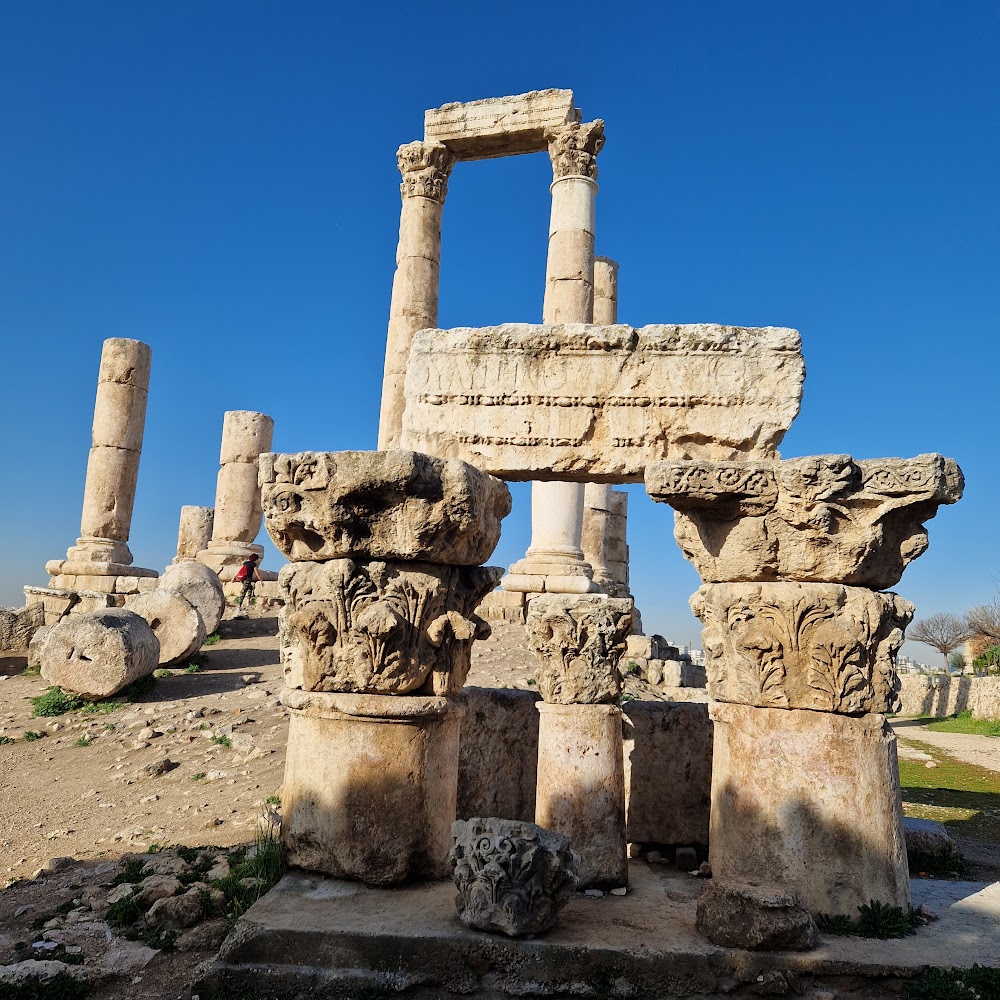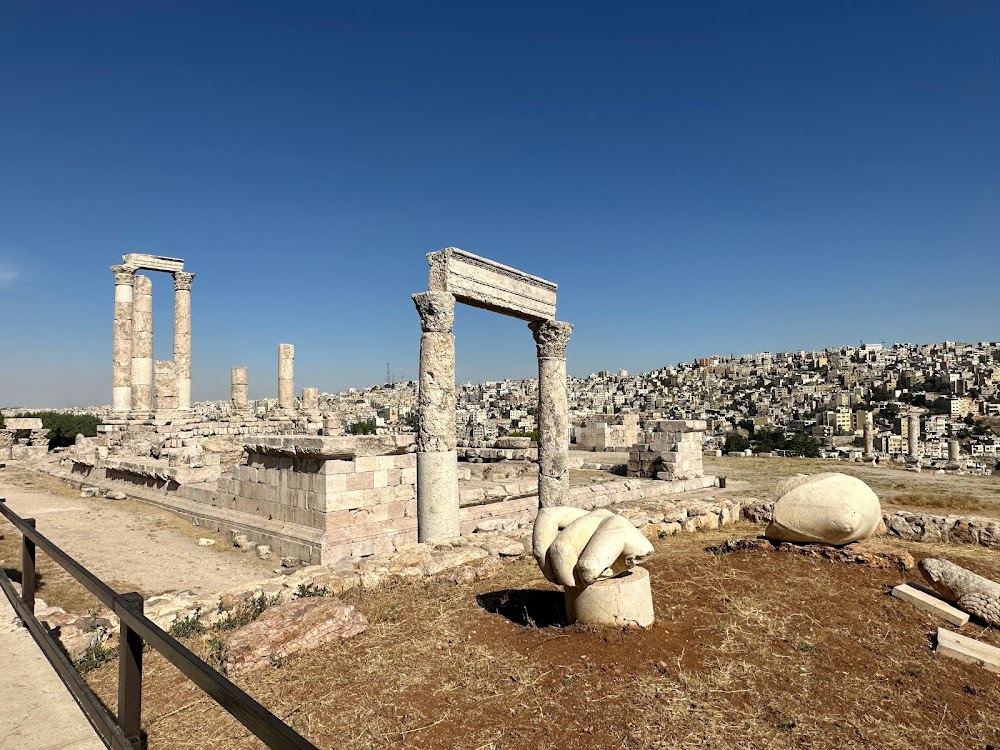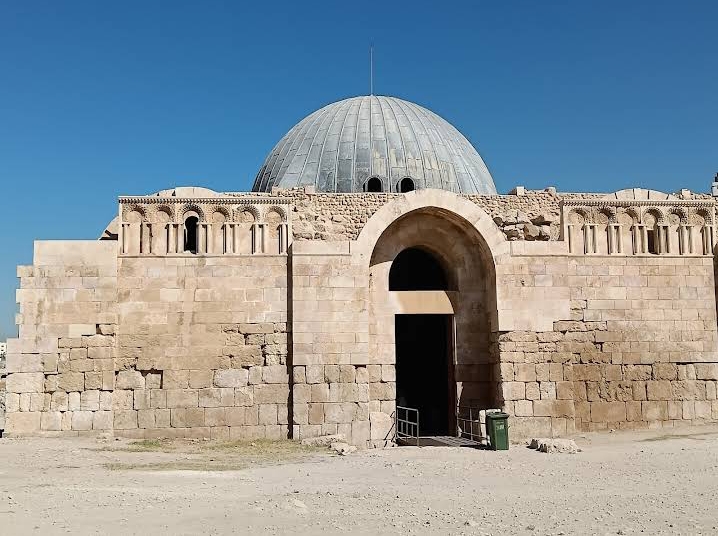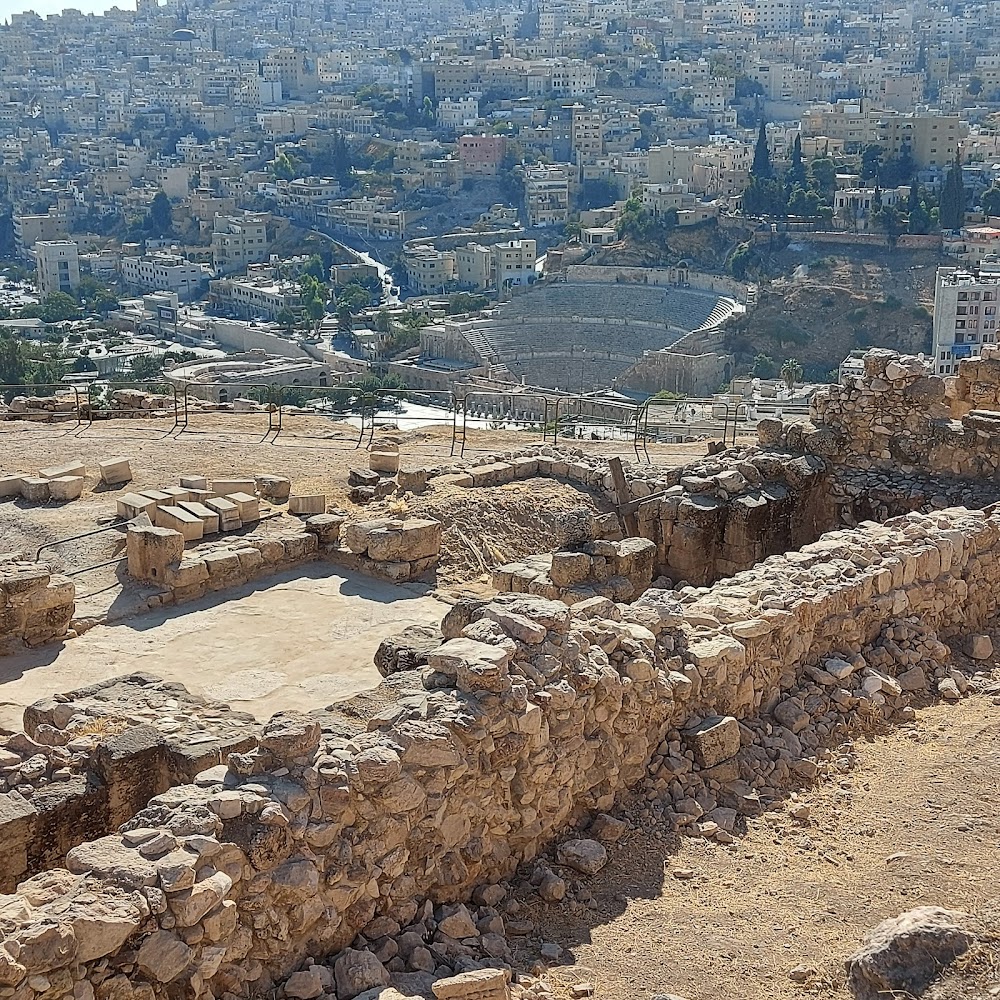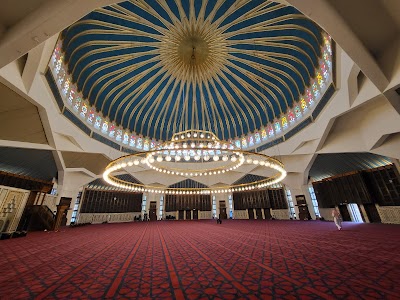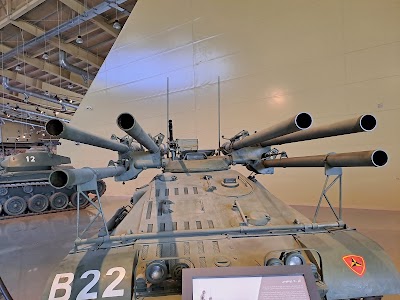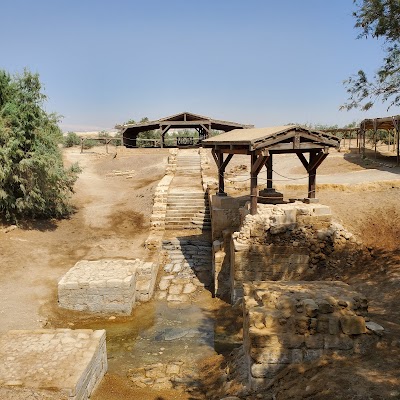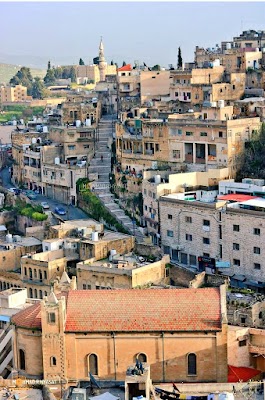The Citadel (القلعة)
Overview
The **Amman Citadel** is a captivating historic site situated in the heart of downtown Amman, Jordan. Known as **Jabal al-Qal’a** in Arabic, this ancient stronghold rests atop a hill, providing breathtaking panoramic views of the bustling city below. With a history that spans thousands of years, the Citadel reflects the diverse periods of occupation that have shaped the region since ancient times.
The hill on which the Citadel is built has been inhabited since the **Bronze Age**, around 1800 BCE. Over the centuries, it has served as a strategic stronghold for numerous civilizations, including the **Ammonites**, **Assyrians**, **Babylonians**, **Persians**, **Greeks**, **Romans**, and **Byzantines**. Later, it became part of the Islamic **Umayyad** and **Abbasid** Caliphates, further enriching its historical tapestry.
One of the Citadel's most striking features is the **Temple of Hercules**, constructed during the reign of Roman Emperor **Marcus Aurelius** (161-180 CE). This temple was dedicated to the legendary hero Hercules, and while only a few columns remain today, they evoke the grandeur of the original structure. Nearby, visitors can marvel at a colossal hand believed to be part of a statue of Hercules, adding to the site's mystique.
Another significant structure within the Citadel is the **Umayyad Palace**, built around 730 CE. This complex served as both a residential and administrative center during the Umayyad Caliphate and is celebrated for its intricately decorated audience hall. Although much of the palace was destroyed by an earthquake in 749 CE, the remaining ruins offer insights into the architectural splendor of that era, particularly the grand domed audience hall, which has undergone partial reconstruction.
The **Byzantine Church**, dating back to the 6th or 7th century, is also a noteworthy feature of the Citadel. It showcases a three-aisle basilica plan complemented by intricate mosaics, although only remnants of its former glory remain. This structure provides a fascinating glimpse into early Christian architecture in the region.
An essential aspect of the Amman Citadel is the **Jordan Archaeological Museum**, established in 1951. This museum houses a remarkable collection of artifacts spanning various eras, including the **Paleolithic**, **Neolithic**, **Bronze Age**, **Iron Age**, **Hellenistic**, **Roman**, **Byzantine**, and **Islamic** periods. Highlights include the **Dead Sea Scrolls**, some of the oldest known biblical manuscripts, and the **Ain Ghazal statues**, which are among the earliest human statues ever discovered.
The construction and evolution of the Amman Citadel over the centuries reflect the region's rich cultural and political changes. Built from local limestone, the architectural styles present on the hill vary due to the different empires that have controlled it. Each layer of ruins provides valuable insights into the advancements and lifestyles of the people who once thrived in this vibrant area.
Exploring the Amman Citadel is an evocative journey through history, allowing visitors to envision the lives of ancient Ammonites, Roman governors, Byzantine clergy, and Umayyad administrators who once called this hill home. Its strategic location and profound historical significance make the Amman Citadel a must-visit archaeological and historical site in Jordan.


